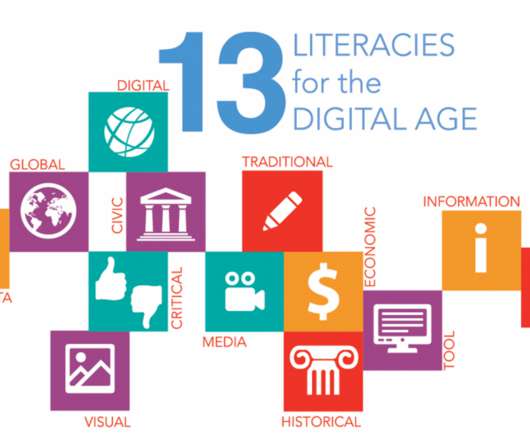Real-Time Versus Store-and-Forward Telehealth Technology
AMD Telemedicine
JANUARY 31, 2023
This article was originally published in July 2015 but was updated in January 2023. When it comes to clinical telemedicine , there are two general categories that most “sharing” technologies tend to fall into: live real-time and store-and-forward technologies.
















Let's personalize your content